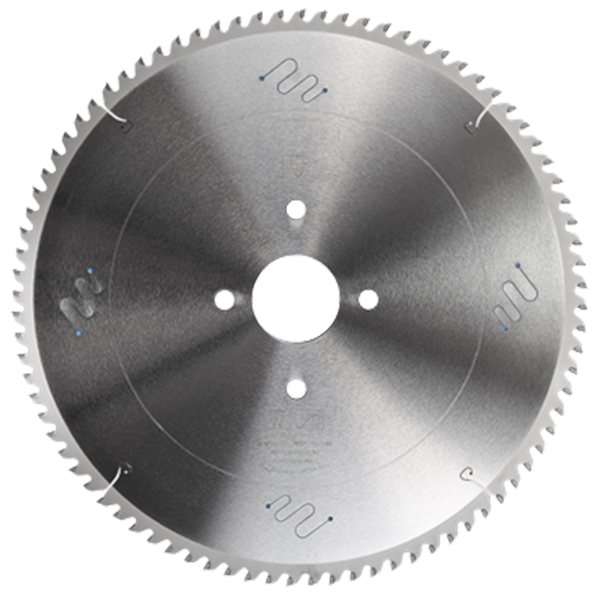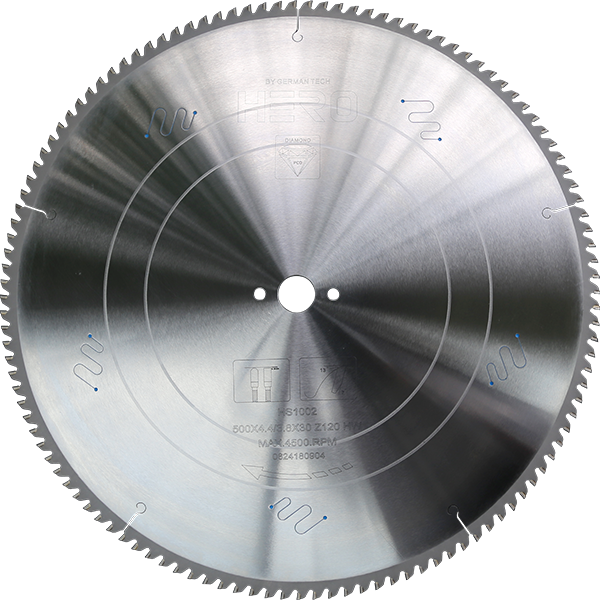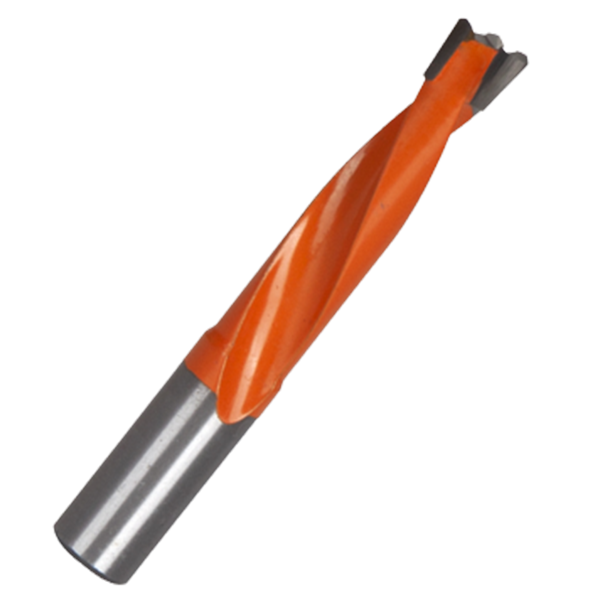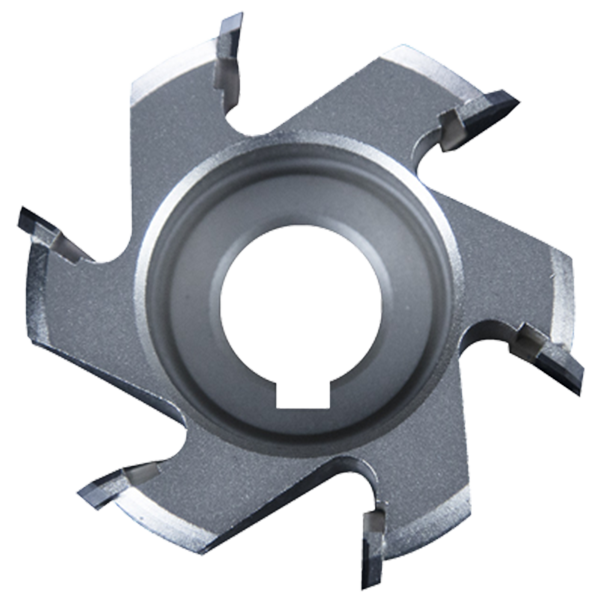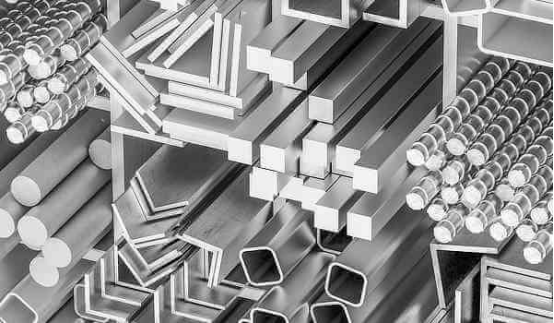How do you protect aluminum from oxidation?
No manufacturer wants to see oxidized aluminum—it’s an unfortunate discoloration that signifies future corrosion. For example, if an aluminum sheet metal manufacturer has products that are exposed to a humid environment, oxidation or corrosion can be a costly issue. Oxygen in the air reacts with the aluminum, forming a thin layer of aluminum oxide on the exposed areas. This oxide layer is not visible to the naked eye but can weaken the surface and compromise the quality of the aluminum sheets.
What is Aluminum?
Aluminum is the most common metal on our planet and provides a great deal of functionality. It’s a soft metal that is easily malleable, can withstand heat, and is corrosion-resistant. Pure aluminum is not naturally occurring and wasn’t produced until 1824, but aluminum sulfates and compounds are found in many naturally occurring metals.
Because of its integration with metals, aluminum is found in various items: kitchen utensils, automotive components, gemstones, window frames, air conditioners, and so on. Considering the versatility, it’s likely that you’re in the presence of an aluminum item right now. It’s often preferred over other metals because of its combination of strength, rust resistance, low weight, and ductility. But if you’re going to invest in an aluminum product, you should take precautions to protect it from corrosion.
What is Aluminum Oxidation?
Aluminum oxidation is the beginning of aluminum’s corrosion process after bonding with oxygen. Oxidation occurs to protect the aluminum from corroding further. It may appear as a discoloration or as an off-white color.
Aluminum is rust-resistant, meaning it doesn’t degrade due to oxidation caused by iron and oxygen. Rust only occurs in iron and other metals that contain iron. Steel, for example, is susceptible to rust because it contains iron. Unless it’s a special type of rust-resistant steel, such as stainless steel, it will develop the copper-colored flakes known as rust. Aluminum doesn’t contain iron, however, so it’s naturally protected from rust.
Even though it doesn’t rust, aluminum can still suffer from corrosion. Some people assume that rust and corrosion are the same, but this isn’t necessarily true. Corrosion refers to the chemically triggered degeneration of metal caused by environmental elements. In comparison, rust refers to a specific type of corrosion in which iron oxidizes from exposure to oxygen. Again, aluminum can develop corrosion, but it can’t develop rust. Without iron, aluminum is fully protected from rust.
Why Remove Aluminum Oxidation?
The two main reasons for removing aluminum oxidation are aesthetics and further corrosion prevention.
As mentioned above, aluminum oxidation creates discoloration or an off-white color. This coloring may be unappealing to look at because it appears dirty.
When aluminum begins to corrode, it will become weaker. Like rust, corrosion eats away at the respective metal. This isn’t a fast process. Rather, it can take weeks, months, or even years for an aluminum product to corrode. Given enough time, however, aluminum products can develop large holes caused by corrosion. This is why it’s important to prevent aluminum from corrosion.For the practical side of removing aluminum oxidation, conducting frequent cleanings prevents your aluminum from oxidizing or corroding further. The longer that the aluminum oxidizes, the more difficult it will be to remove. The aluminum oxidation will eventually make the aluminum product perform poorly.
How do you clean oxidized aluminum?
Have a regular cleaning routine
The first step to removing oxidation from aluminum is to get into the habit of regular cleanings. This is especially important for when you start to see signs of oxidation. Be on the lookout for discolorations, white spots, and grime. If you ignore these, they will build up and become harder to get rid of after a while.
To start a regular cleaning, you need some water or a damp cloth, and some soap. Begin with rinsing your aluminum item to remove dirt and dust. This can be done in a sink, with a hose, or with a damp cloth. If you’re cleaning aluminum wheels or siding, make sure to rinse it out thoroughly as dirt easily gets trapped in their crevices.
After, wash it thoroughly with soap — avoid using a brush or anything similar at this time. If the aluminum looks clean, then thoroughly wipe it down and store it in a dry place. If it still looks oxidized, or dirt has been caked into the metal, use the next cleaning methods.
Use a white vinegar solution
To start with this cleaning method, first get a pot of water. Add two tablespoons of vinegar for every four cups of water. Mix this solution thoroughly then bring it to a boil for 15 minutes. You can use this mixture in many ways. You can douse your aluminum sink with it and pour it down the drain to remove the oxidized layer. You can also leave smaller aluminum items in the pot for a few minutes to strip the layer off. You can get a rag and some gloves and apply this solution to window frames and outdoor furniture as well. If the oxidized layer persists, use a soft bristle brush and gently scrub the vinegar solution into the aluminum. This can lift the remaining oxidation marks from the surface.
Use a lemon juice mixture
If you don’t have white vinegar, you can try using lemons. First, cut a lemon in half, and dip the open side on some salt. Use the salted lemon as a scrub brush and begin working on the aluminum product. Reapply salt when needed. This should remove most — if not all — marks on the surface of the product. For more persistent marks, try boiling your other lemon half in water for 15 minutes. Use this lemon water to rinse off your aluminum, then begin scrubbing with the salted lemon half again until the marks disappear. This method works well with aluminum furniture, pots, and pans.
Use commercial cleaning products
Several commercial cleaners can remove oxidation. If you decide to use them, make sure that the cleaners you’re buying are made specifically for aluminum. If not, it can pit and corrode the metal.
After removing as much oxidation as you can by using the other cleaning methods, put on gloves and apply the commercial cleaner according to the instructions given on its packaging. You can also apply a metal polishing paste or wax that is suitable for aluminum. Using these products will provide a shiny finish, and can help protect the metal from oxidation in the future. Using wax is only recommended for aluminum wheels, window and door frames, and outdoor furniture.
Deep clean your aluminum products
If — after all of these methods — there are still a few stubborn marks on your aluminum products, then it’s time to deep clean. Use hot water, a flat-edged tool (can be a spatula), and begin cleaning. Douse or cover the item in the hot water for a few minutes, then scrape the buildup off of the surface. If you are washing larger items like furniture or aluminum siding, then soak a cloth in hot water and hold it against the oxidation layer to loosen it, then use your tool to scrape it off.
Key Takeaway
Although aluminum is naturally protected from rust, because of environmental elements corrosion can still occur from the chemically triggered degeneration of metal. It may take a while for aluminum to corrode but it should still be protected. To prevent corrosion in aluminum it needs to be in a climate-controlled environment or treated with a clear coating.
Professional circular saw blade for cutting aluminum profiles, choose HERO,Contact Us Today.>>>
Post time: Aug-01-2024








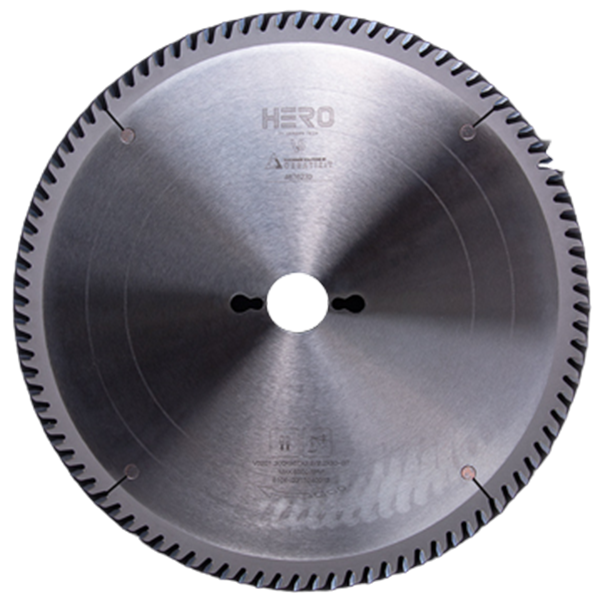 TCT Saw Blade
TCT Saw Blade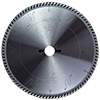 HERO Sizing Saw Blade
HERO Sizing Saw Blade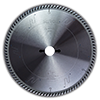 HERO Panel Sizing Saw
HERO Panel Sizing Saw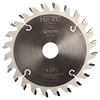 HERO Scoring Saw Blade
HERO Scoring Saw Blade HERO Solid Wood Saw Blade
HERO Solid Wood Saw Blade HERO Aluminum Saw
HERO Aluminum Saw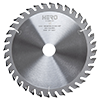 Grooving Saw
Grooving Saw Steel Profile Saw
Steel Profile Saw Edge Bander Saw
Edge Bander Saw Acrylic Saw
Acrylic Saw PCD Saw Blade
PCD Saw Blade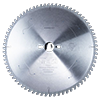 PCD Sizing Saw Blade
PCD Sizing Saw Blade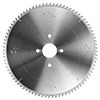 PCD Panel Sizing Saw
PCD Panel Sizing Saw PCD Scoring Saw Blade
PCD Scoring Saw Blade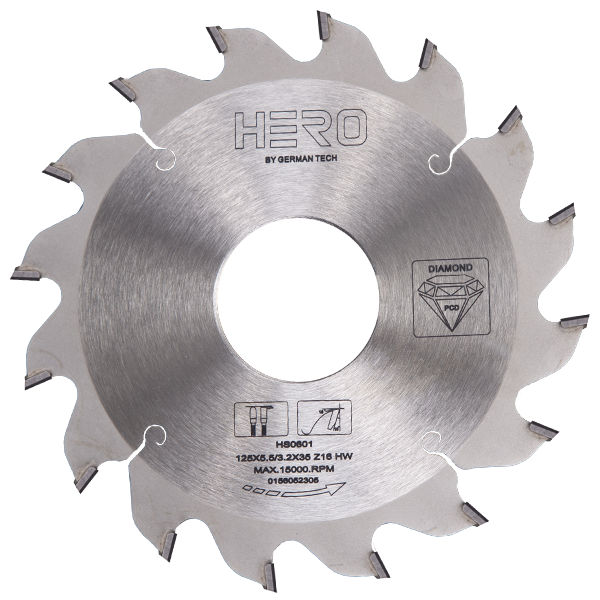 PCD Grooving Saw
PCD Grooving Saw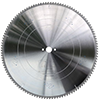 PCD Aluminum Saw
PCD Aluminum Saw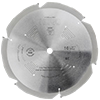 PCD Fiberboard Saw
PCD Fiberboard Saw Cold Saw for Metal
Cold Saw for Metal Cold Saw Blade for Ferrous Metal
Cold Saw Blade for Ferrous Metal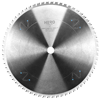 Dry Cut Saw Blade for Ferrous Metal
Dry Cut Saw Blade for Ferrous Metal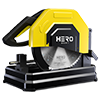 Cold Saw Machine
Cold Saw Machine Drill Bits
Drill Bits Dowel Drill Bits
Dowel Drill Bits Through Drill Bits
Through Drill Bits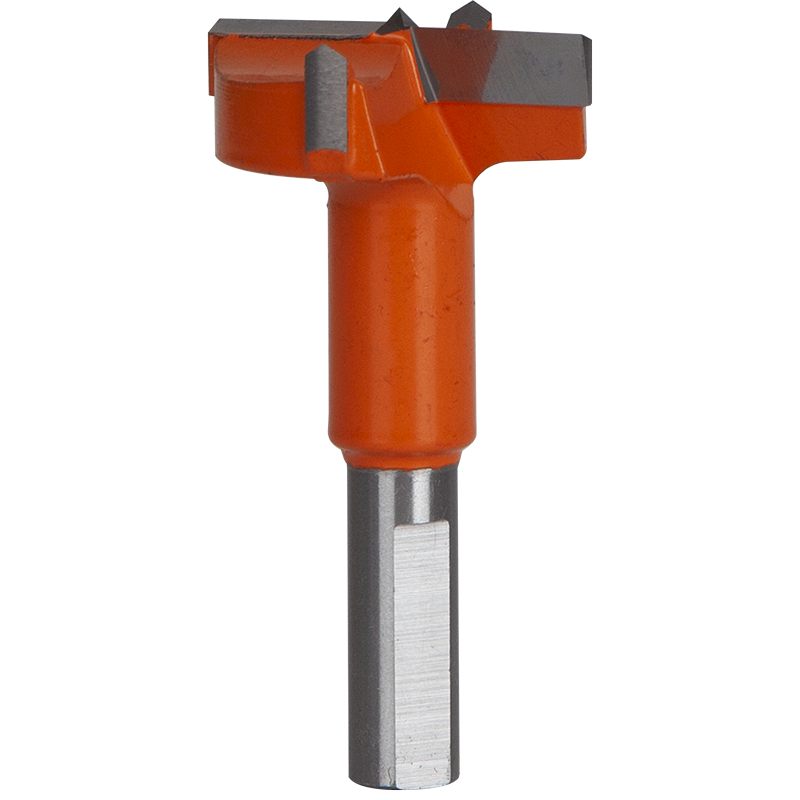 Hinge Drill Bits
Hinge Drill Bits TCT Step Drill Bits
TCT Step Drill Bits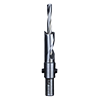 HSS Drill Bits/ Mortise Bits
HSS Drill Bits/ Mortise Bits Router Bits
Router Bits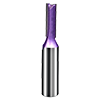 Straight Bits
Straight Bits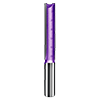 Longer Straight Bits
Longer Straight Bits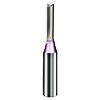 TCT Straight Bits
TCT Straight Bits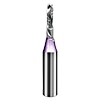 M16 Straight Bits
M16 Straight Bits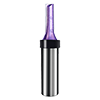 TCT X Straight Bits
TCT X Straight Bits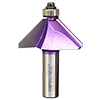 45 Degree Chamfer Bit
45 Degree Chamfer Bit Carving Bit
Carving Bit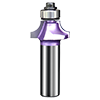 Corner Round Bit
Corner Round Bit PCD Router Bits
PCD Router Bits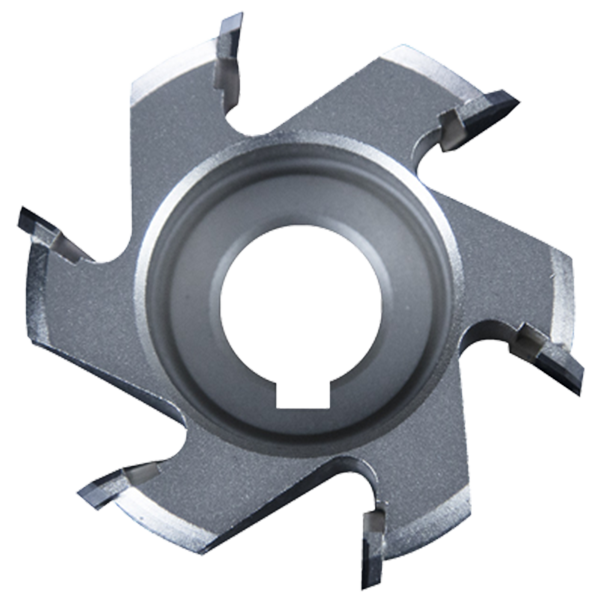 Edge Banding Tools
Edge Banding Tools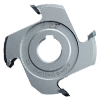 TCT Fine Trimming Cutter
TCT Fine Trimming Cutter TCT Pre Milling Cutter
TCT Pre Milling Cutter Edge Bander Saw
Edge Bander Saw PCD Fine Trimming Cutter
PCD Fine Trimming Cutter PCD Pre Milling Cutter
PCD Pre Milling Cutter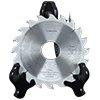 PCD Edge Bander Saw
PCD Edge Bander Saw Other Tools & Accessories
Other Tools & Accessories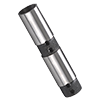 Drill Adapters
Drill Adapters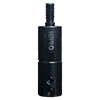 Drill Chucks
Drill Chucks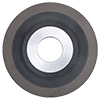 Diamond Sand Wheel
Diamond Sand Wheel Planer Knives
Planer Knives
